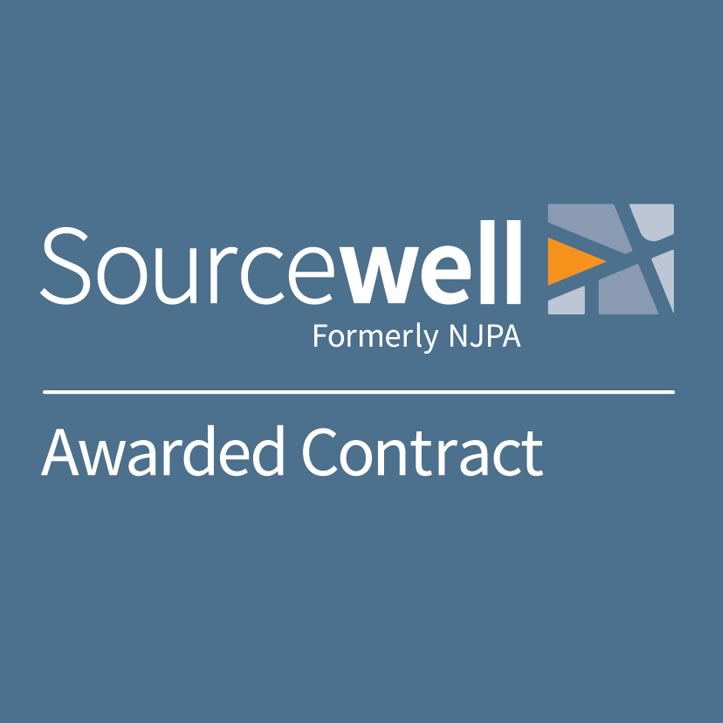I have just returned from the annual Sourcewell H2O conference in beautiful Brainerd, Minnesota (Where the Canoe Procurement Group of Canada was also participating), and we are proud to announce that we have just signed a second contract with OECM for Capital Asset Management Software (CAMS). As such, I wanted to do a few posts answers some of the most common questions we get from clients and prospects on Collaborative Procurement Contracts.
At Roth IAMS we are lucky to have Collaborative Procurement agreements with three world class organizations, Sourcewell in the U.S. (Facility Assessment and Planning Services) and OECM (Facility Condition Assessments and Capital Asset Management Software) and the Canoe Procurement Group (Facility Assessment and Planning Services), both in Canada.
In addition to our contracts, each of these organizations have hundreds of other contracts for products and services used by public sector organizations across North America. Even if you are not in the market for our services, I would encourage you to review their contracts as I can guarantee you there are many things that you procure on a regular basis that likely have existing contracts in-place.
Although Collaborative Procurement is well-known in some circles we still encounter a lot of Facility and Asset Managers that are not familiar with the process or the organizations that facilitate the contracts. Additionally, we see many procurement officials who are resistant to utilizing Collaborative Procurement for a variety of reasons.
The biggest misconceptions that we see is that by using a Collaborative Procurement agreement that we are short circuiting the procurement process, or cutting corners in some way. The reality is that the process that the Sourcewell’s, OECM’s and Canoe’s of the world use actually is designed to satisfy procurement requirements to streamline procurement.
Complete transparency of the process, including sharing documentation of the advertisement, proposal opening documents, response scoring and full contracts, potential members or agencies have access to all the information with which they can ensure that the process aligns with their organization’s specific procurement requirements.
Collaborative Procurement continue to grow in scale each year across North America. While there are some jurisdictions that are less open to leveraging Collaborative Procurement contracts, year-over-year growth continue to accelerate.
With increasing difficulty in recruiting and retaining talent, procurement teams are going to be asked to do the dreaded By streamlining and satisfying your procurement processes, using a Collaborative Procurement contract can be one of the tools in your toolkit to help you achieve what can often be a difficult goal to achieve – doing more with less.
If you are considering leveraging a Collaborative Procurement contract but have procurement questions, we would suggest that you reach out to our partners as they are the procurement experts whose job it is to help organizations navigate their Collaborative Procurement journey.
Please visit our Collaborative Procurement page of our website or visit our partners at:




